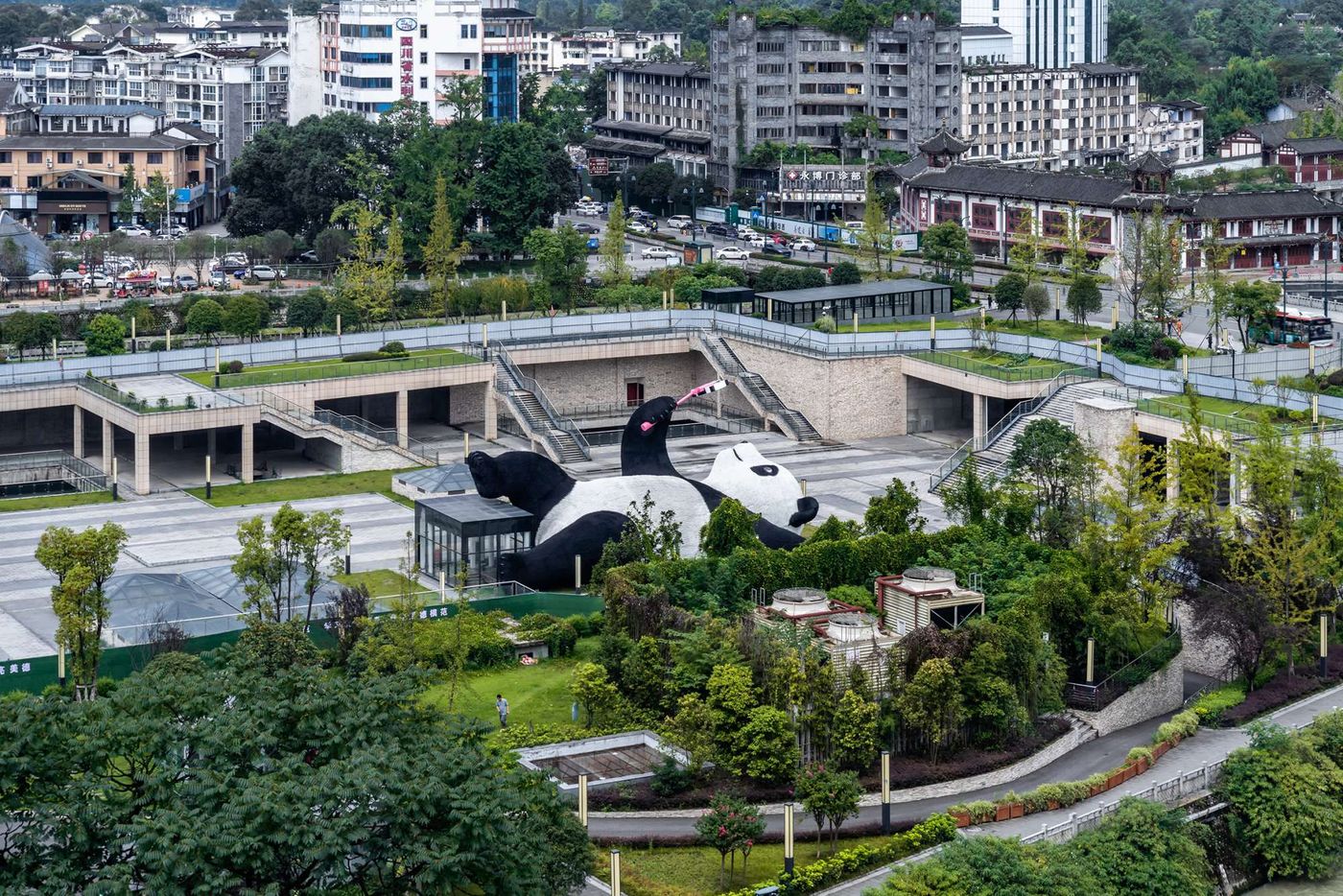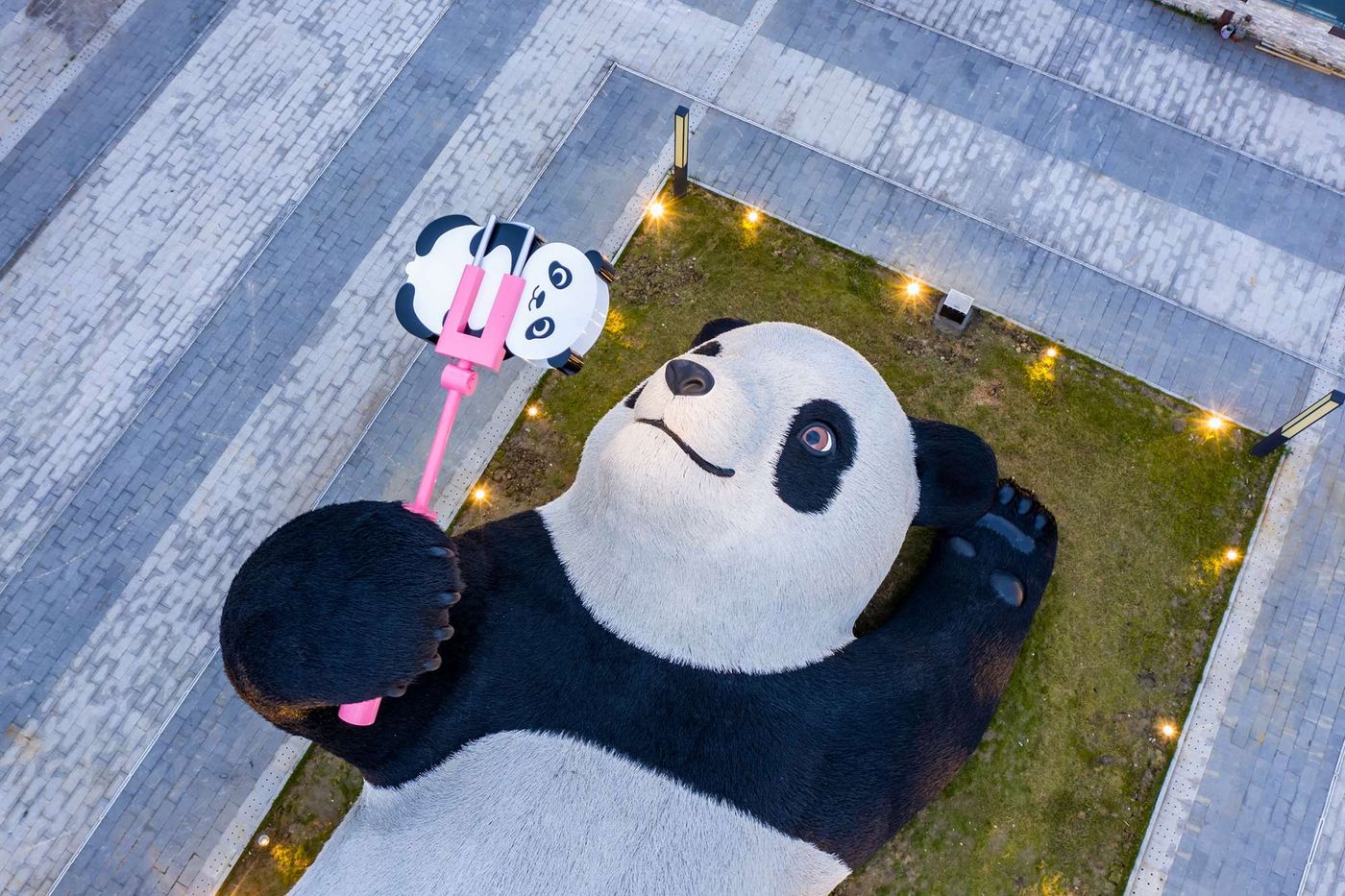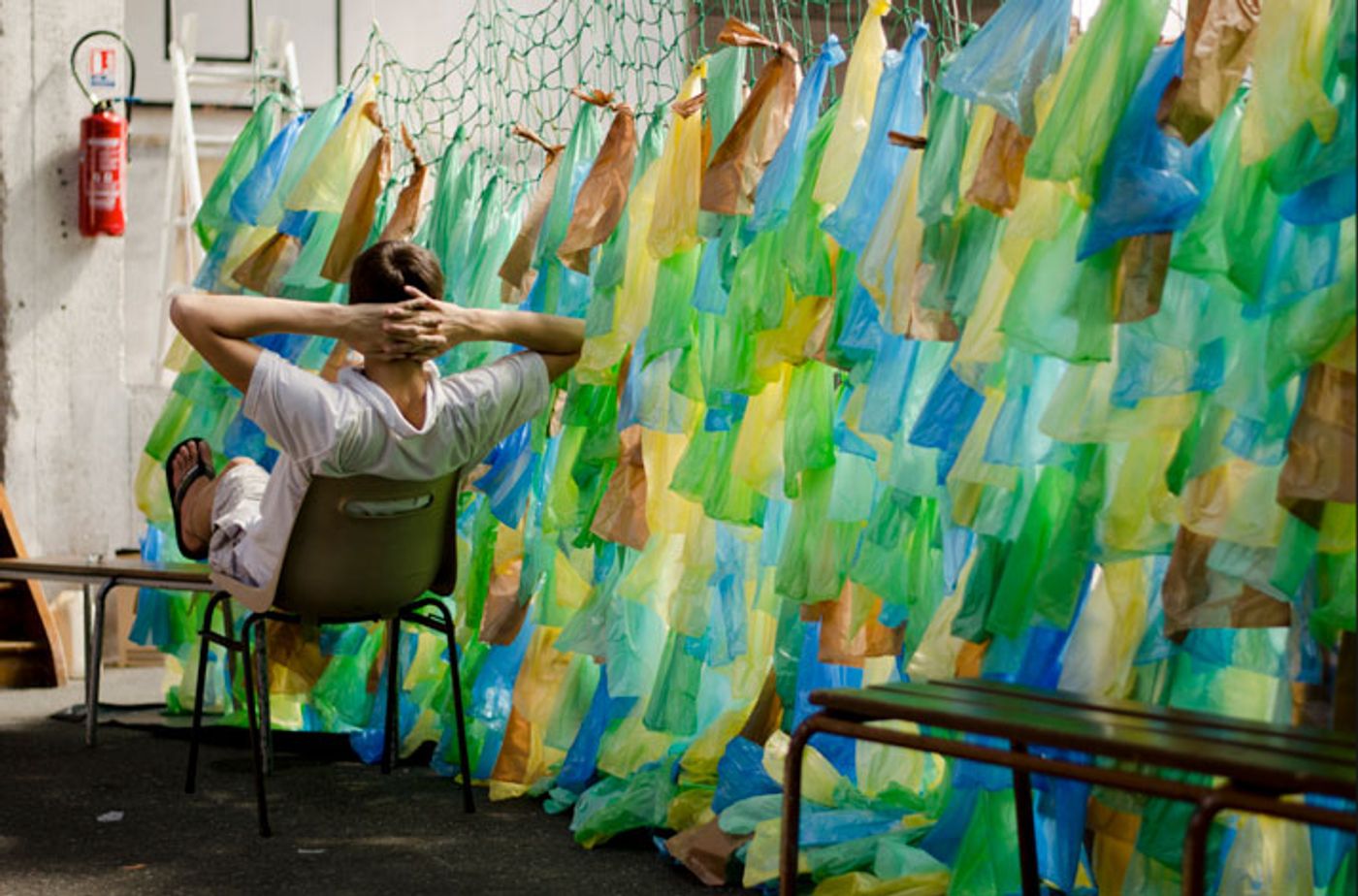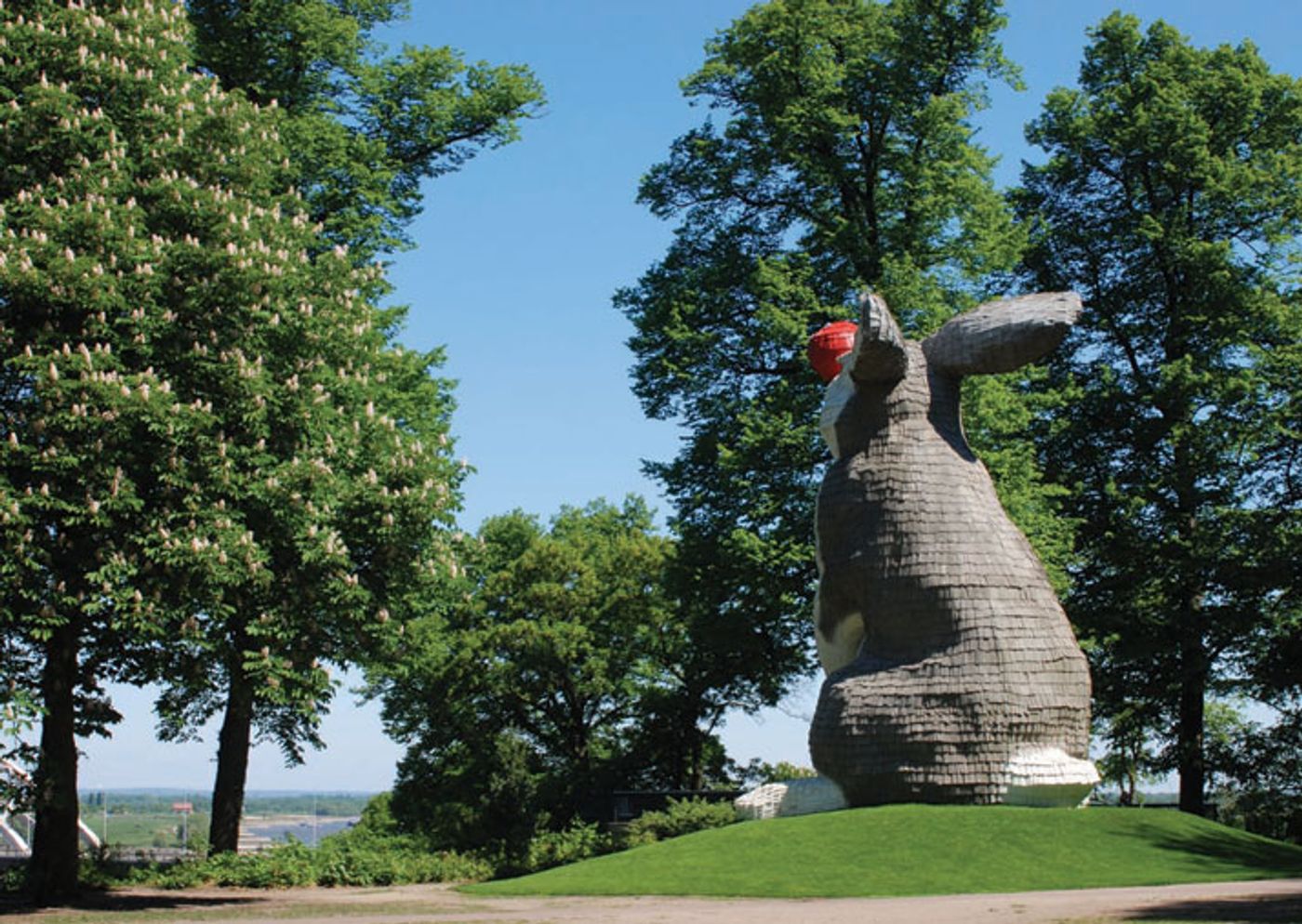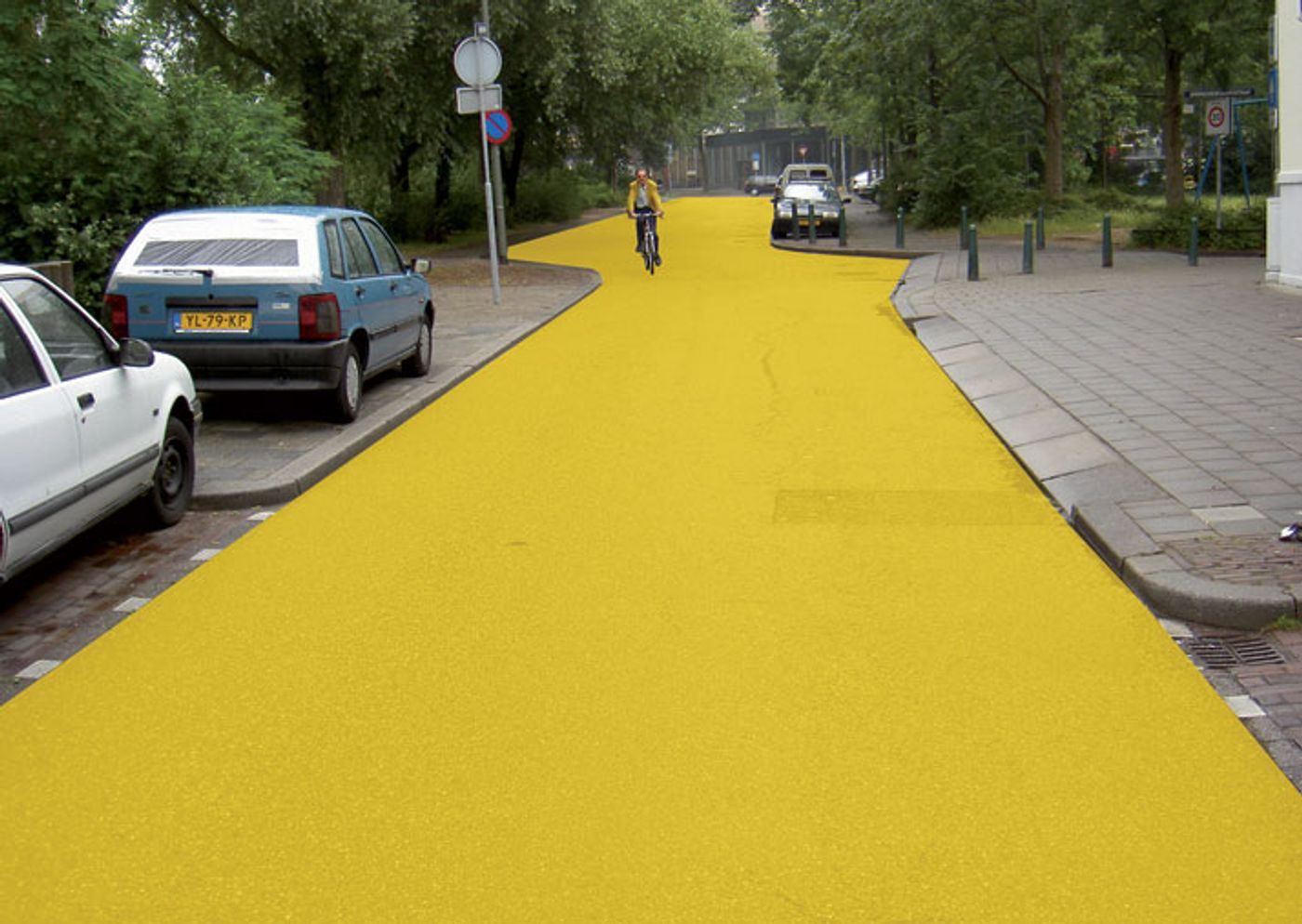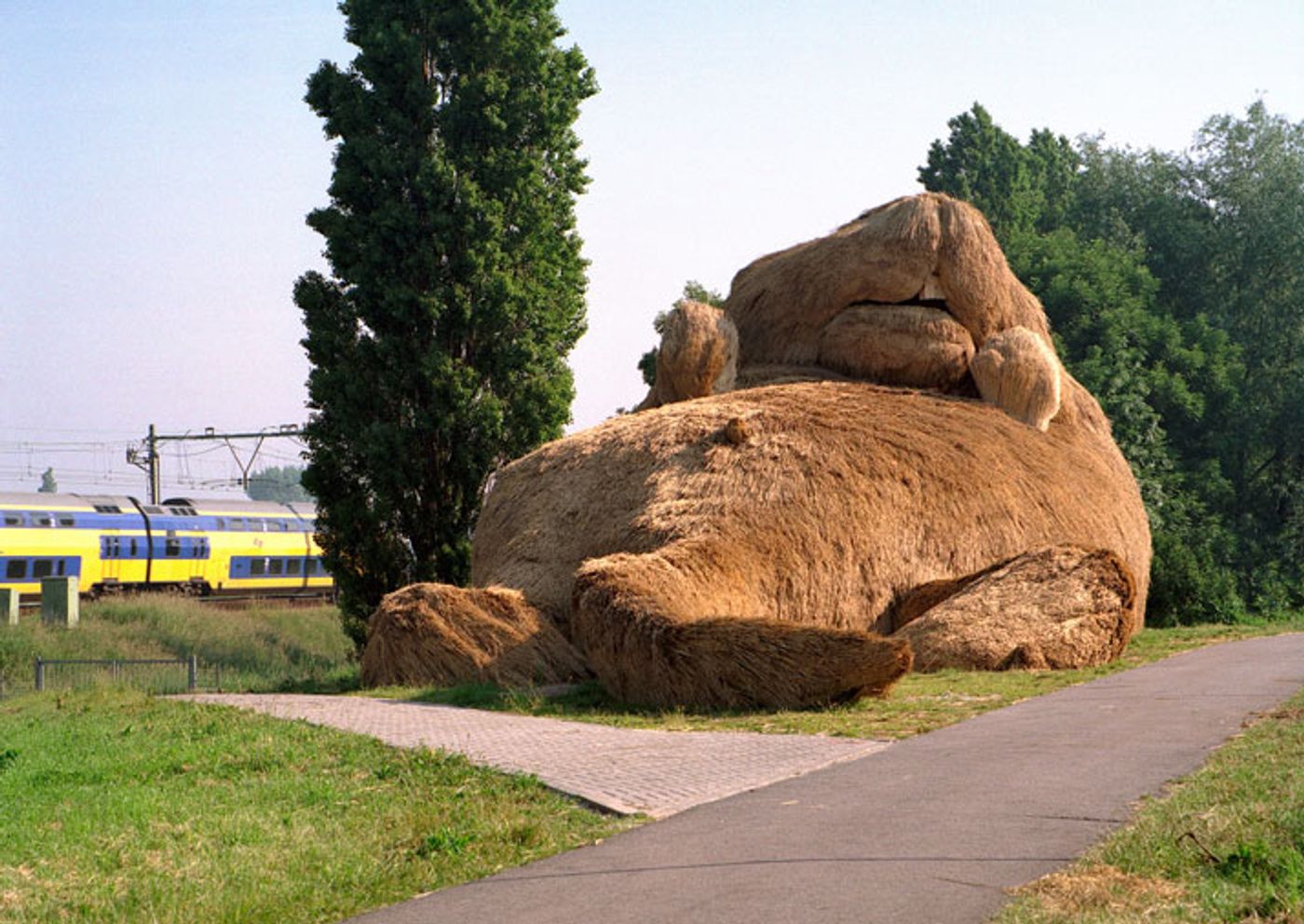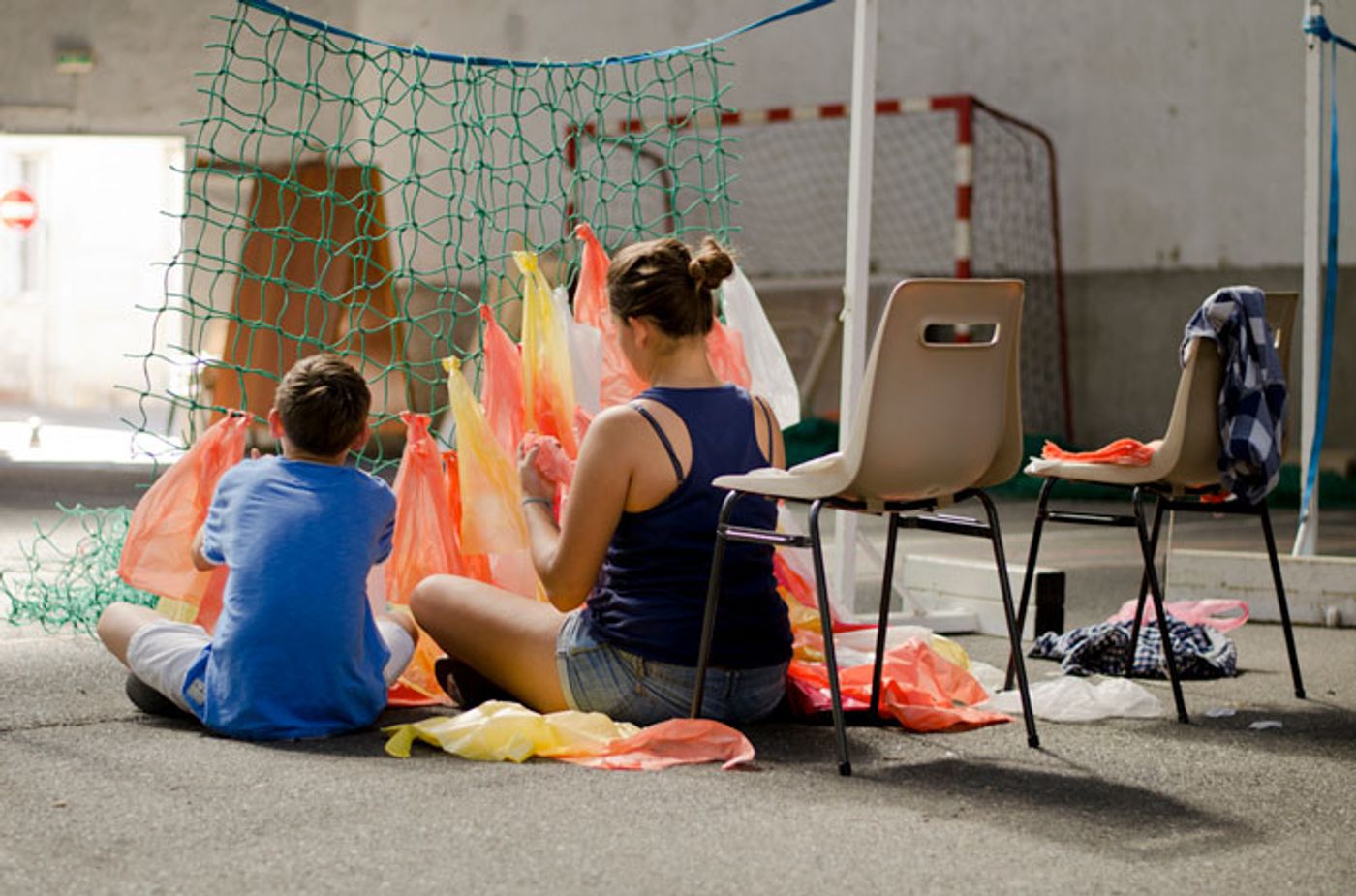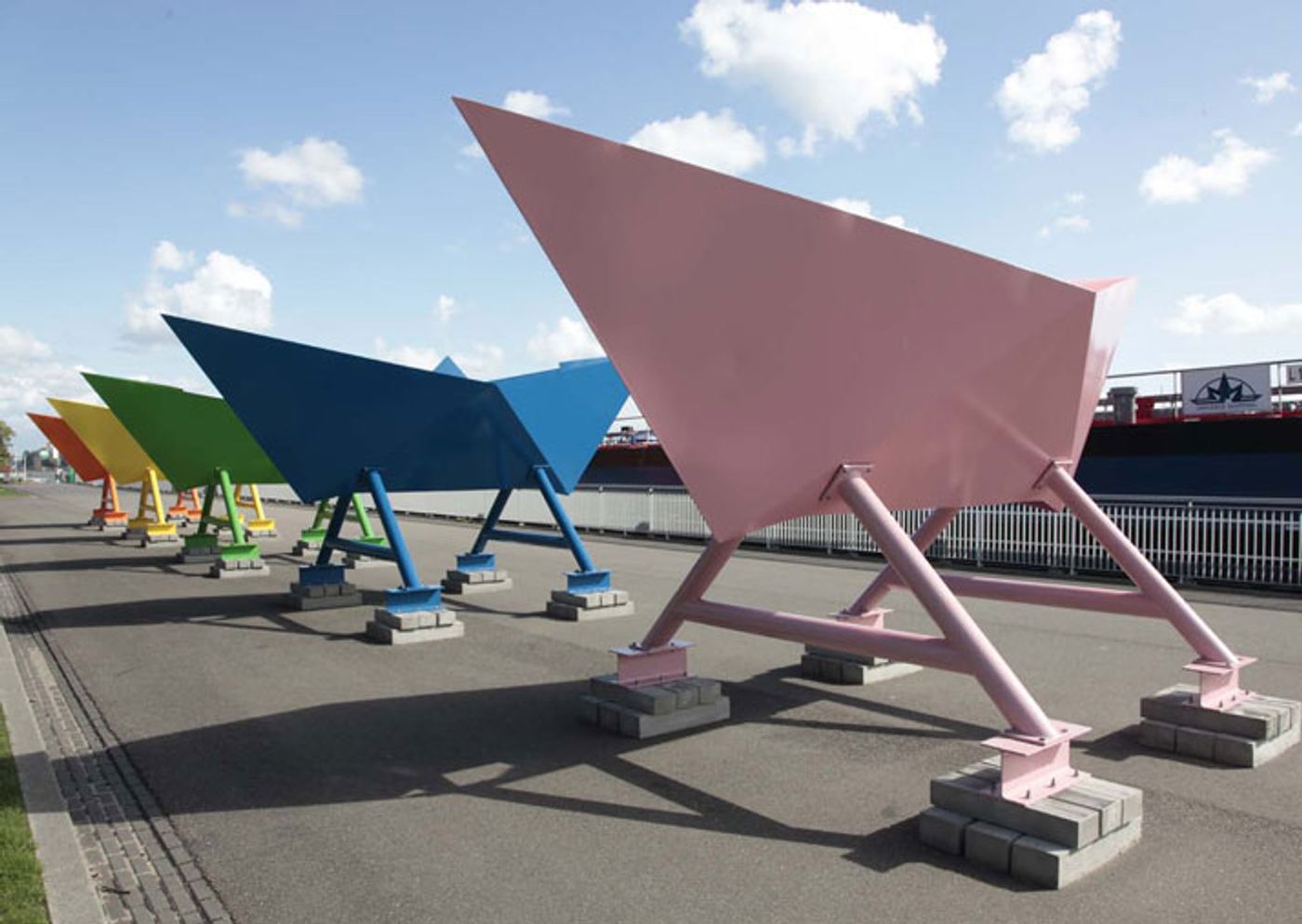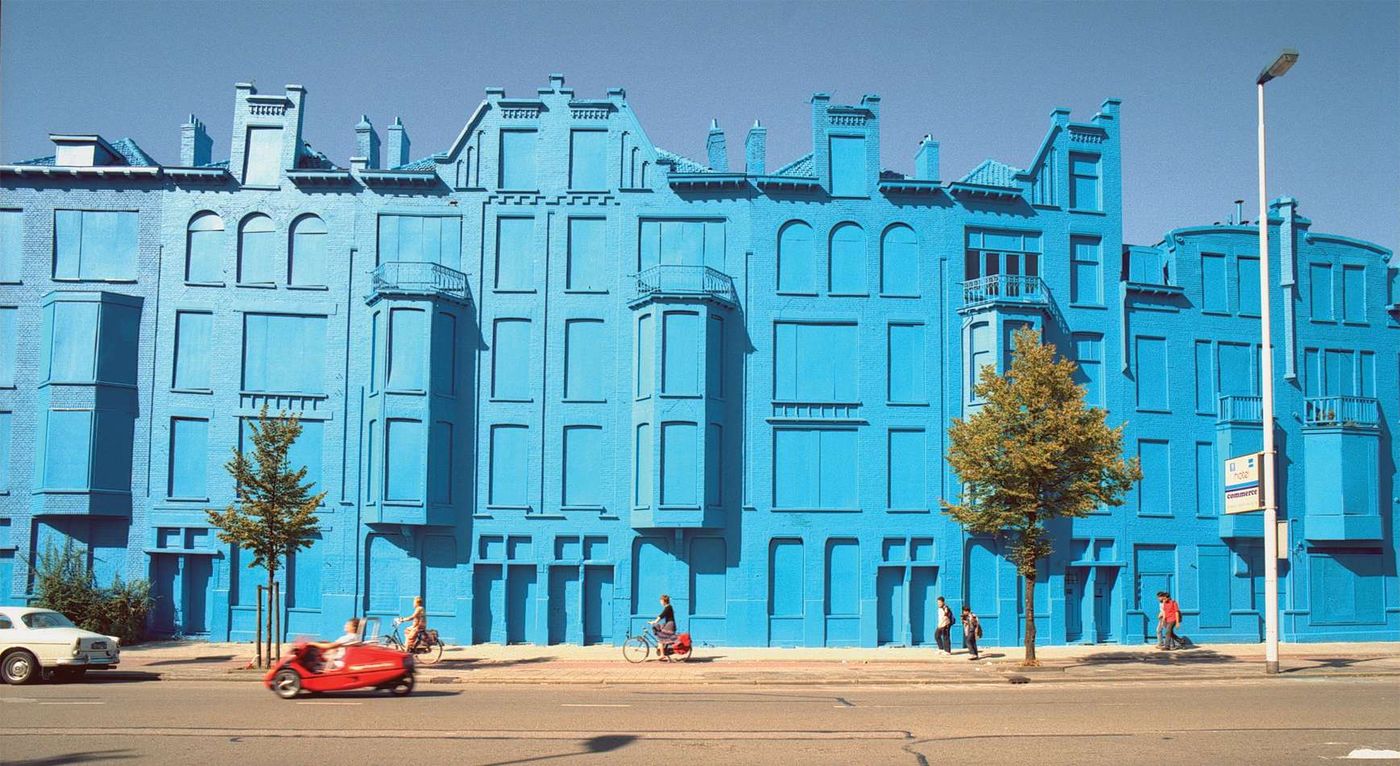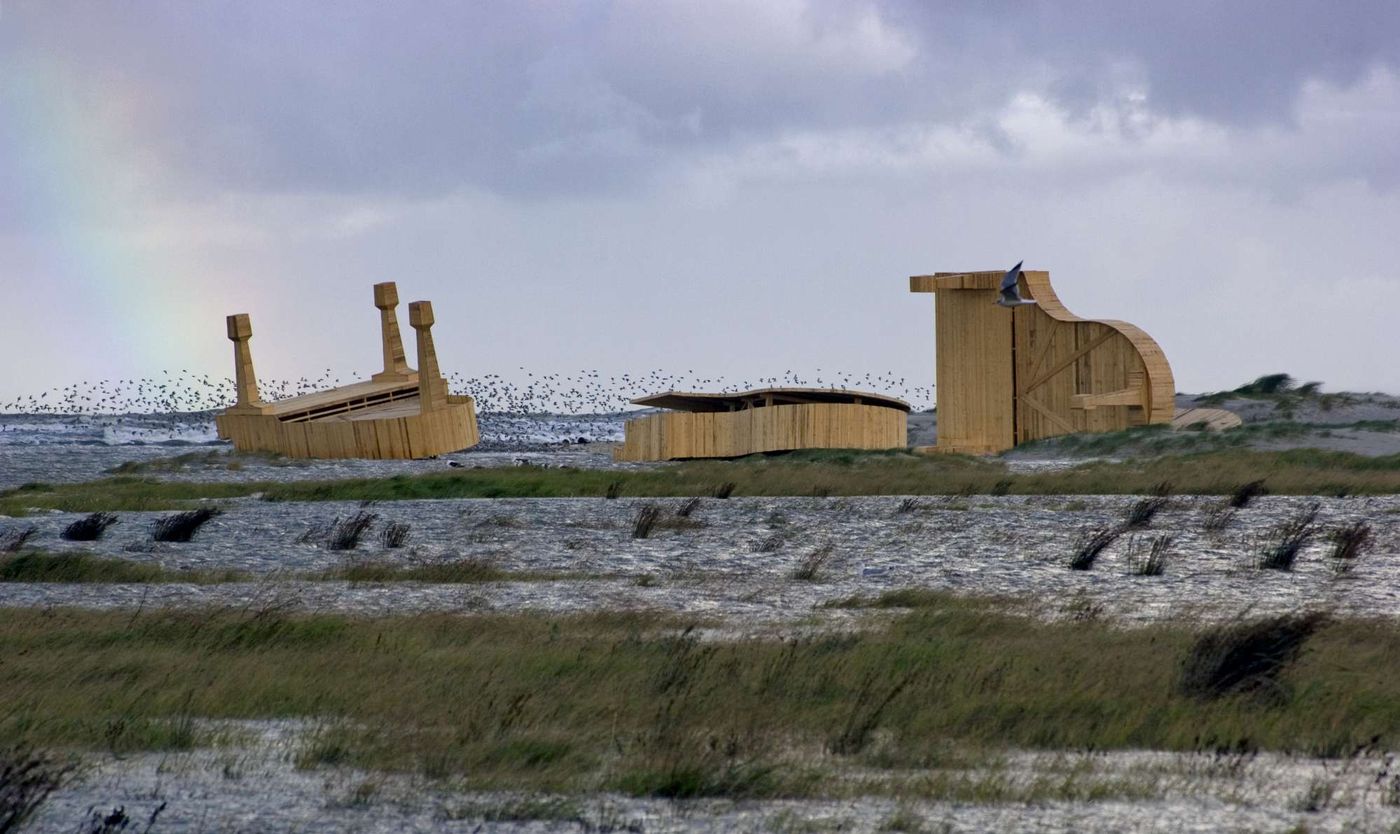THINK BIG: In Conversation With Florentijn Hofman
Words by Despina Pavlaki
Location
THINK BIG: In Conversation With Florentijn Hofman
Words by Despina Pavlaki
People have been known to literally run toward his sculptures. One woman even had her car towed from a harbor because she forgot to apply the handbrake while taking a photo of his famous Rubber Duck. Hofman’s creations are impossible to ignore, sparking curiosity, surprise, and joy across the globe.
We had the pleasure of speaking with Hofman to learn more about his artistic process and BIG ideas.
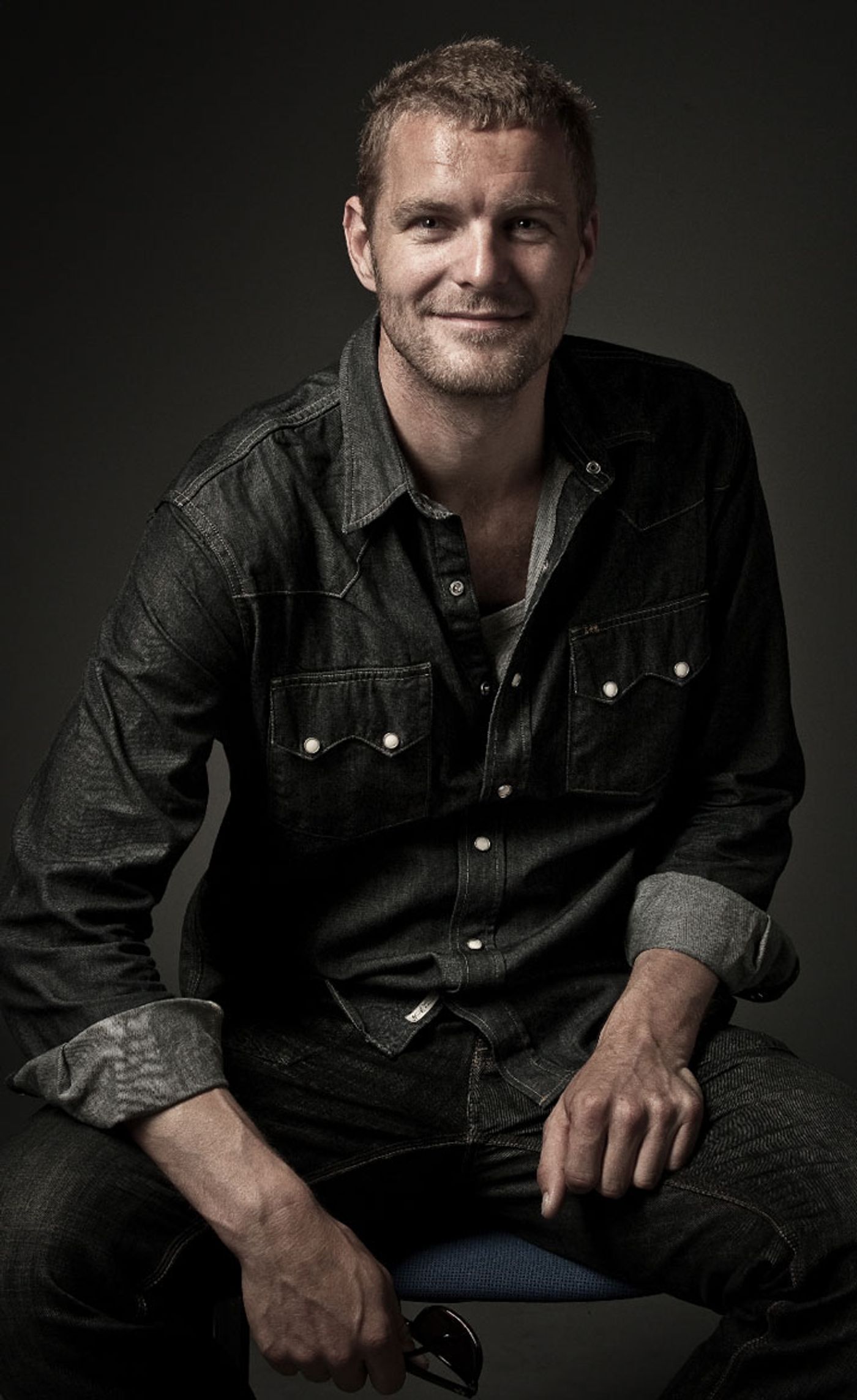
Florentijn Hofman, photo by Alexey Snetkov
How is it that you’re not afraid to think BIG?
The trick is to be fearless. I ventured into large-scale art pretty early, while still in college. A few friends and I started a summer mural-painting business, and a local businessman hired us to paint a 15,000 m² Alpine mural on an unused nuclear power plant. We were young, carefree, and excited, working with cranes, sky lifts, and cherry pickers out in the open air. The interaction with the audience—watching their reactions in real-time—was incredibly rewarding.
The secret to such large-scale projects is to create a positive work environment and ensure the client handles the paperwork. If I had to spend all my time dealing with permits and bureaucracy, I’d never have the energy to bring these ideas to life.
Is using local materials a BIG deal for you?
Yes, absolutely. Site-specific materials help the local community feel connected to the work. Right now, I’m creating Dead Fly for the Day of the Dead festival in Mexico, using traditional papel picado—the colorful paper decorations that everyone recognizes and associates with the event.
In Brazil, I used flip-flops to create Fat Monkey because they are so deeply embedded in everyday Brazilian culture. Similarly, for The Big Yellow Rabbit in Sweden, we used locally produced wooden shingles.
When people see familiar materials used in unexpected ways, they feel a personal connection to the work—and sometimes, even join in the creative process.
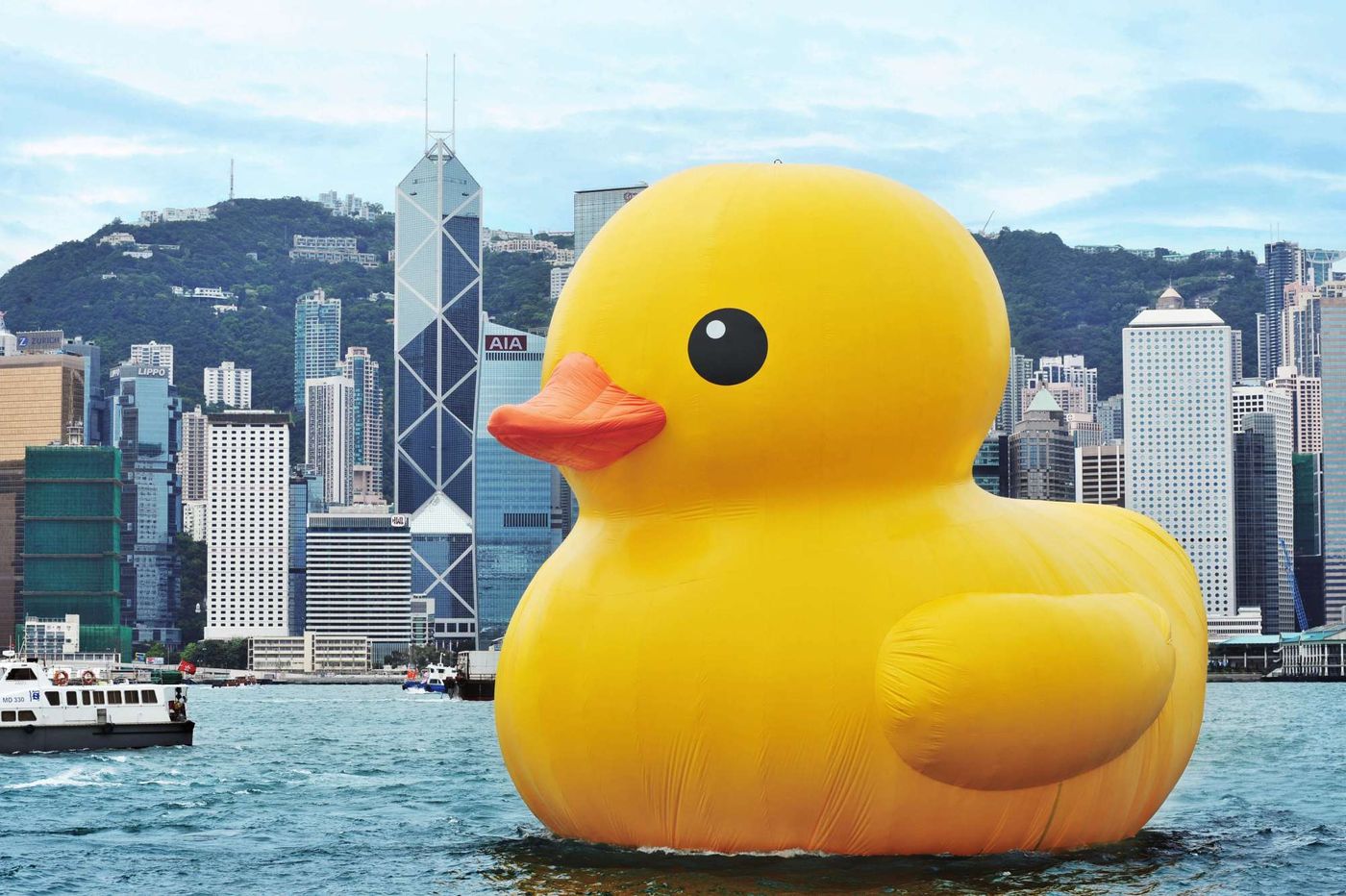
Rubber Duck, St. Nazaire (FR), 2007, photo © S. Bellanger
You get BIG reactions. What do people usually do when they see your work?
People are usually amazed. Their eyes widen, they stop in their tracks, and sometimes they even run toward the sculpture to get a better look.
We’ve just completed Slow Slugs in Angers, France—three enormous slugs made from 40,000 plastic bags that flutter in the wind. The installation lasts just three days (from September 7th), symbolizing the slow decay of nature and the persistent pollution of plastic in society.
Most people think it’s crazy to work for two months on something that will only be on display for a few days, but that’s the point: the ephemeral nature of the art mirrors the fragility of the environment. I always tell my interns: “The effort fades, but the memory of the result lingers.”

Rubber Duck, St. Nazaire (FR), 2007, photo © S. Bellanger
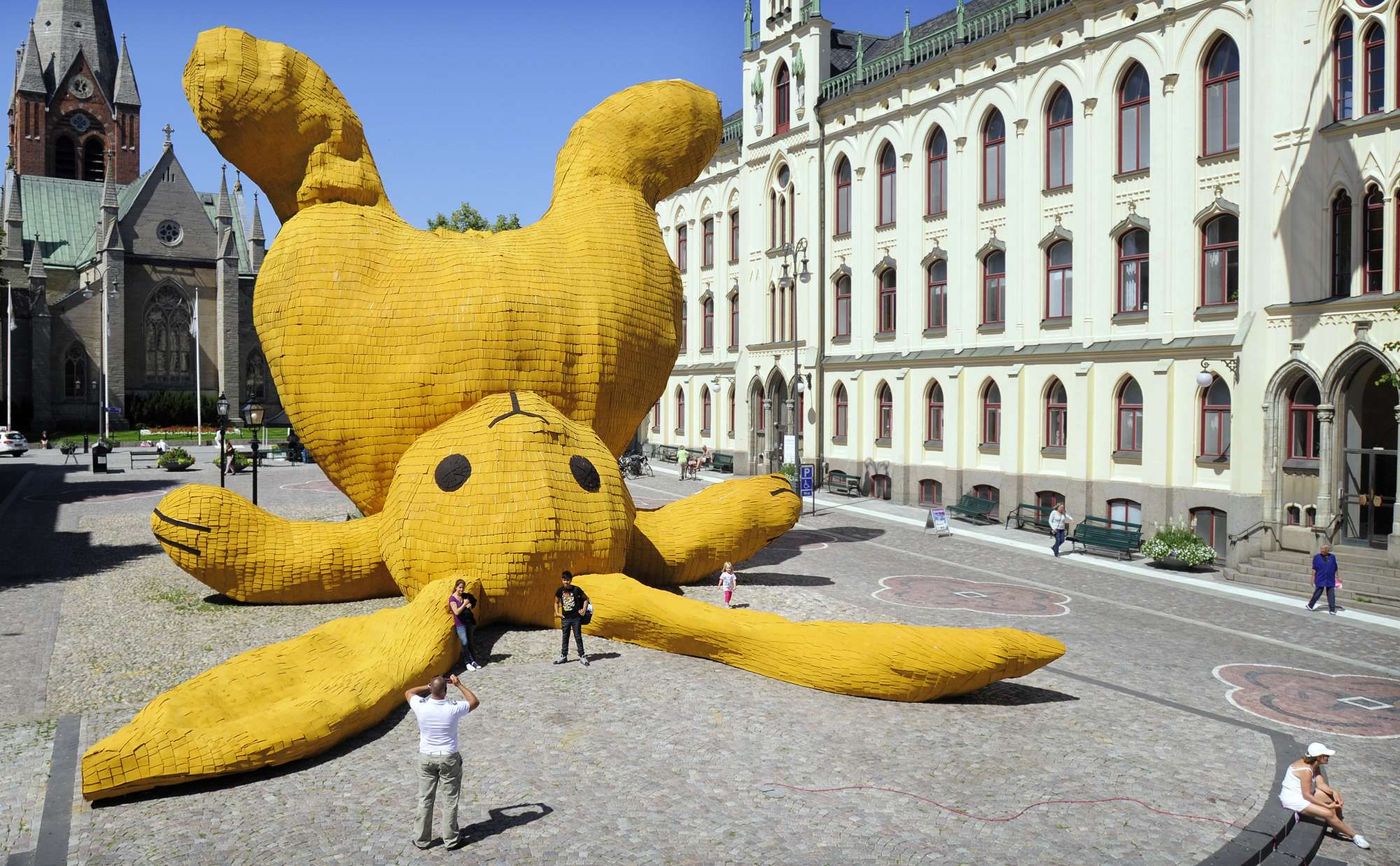
Stor Gul Kanin, Örebro (SE) 2011, photo © Lasse Person
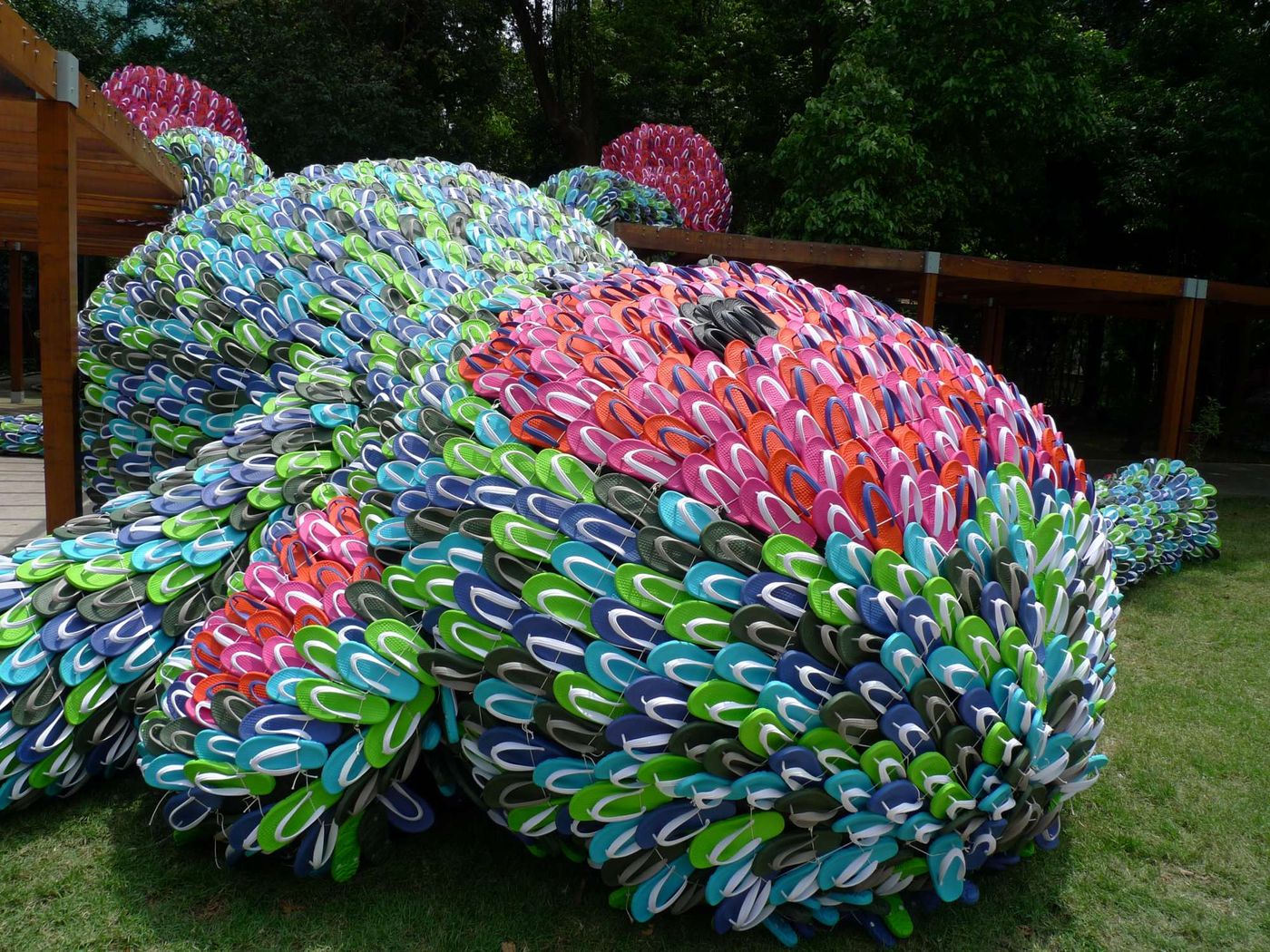
Fat Monkey (Macaco Gordo), Sao Paulo 2010, photo © Raquel Brust
If no one were allowed to take pictures of your work, would that be a BIG deal?
That’s an interesting question! I’ve actually thought about creating a mole sculpture with a blacked-out interior, forcing visitors to crawl inside on their hands and knees—completely disconnected from their surroundings. No cameras, no phones—just pure, unfiltered experience.
But honestly, I love that people share my work online. The internet and social media help spread the joy and creativity to audiences who may never see it in person. So if no one else were around to take pictures, I’d probably snap a few myself.
Is demolishing your work as BIG an event as building it?
Absolutely. Taking the sculptures down is part of the process.
There’s a video online of Lookout Rabbit being dismantled after a year on display. They brought in a crane and cut off its head—a bittersweet moment that felt like watching an old friend go away. Similarly, the demolition of Beukelsblauw became a local curiosity. A company with a blue-and-orange logo handled the teardown, and I accidentally painted over their distinct orange stripe—thinking it was graffiti. They thought I was crazy, but it gave the process a playful twist.
Demolition is just as important as creation because it restores the public space to its original form. The absence of the artwork makes people appreciate what was once there, creating a lasting impression.
I’ve seen activists collect signatures to keep installations in place. But I always remind them: “Missing the art is part of the journey.”
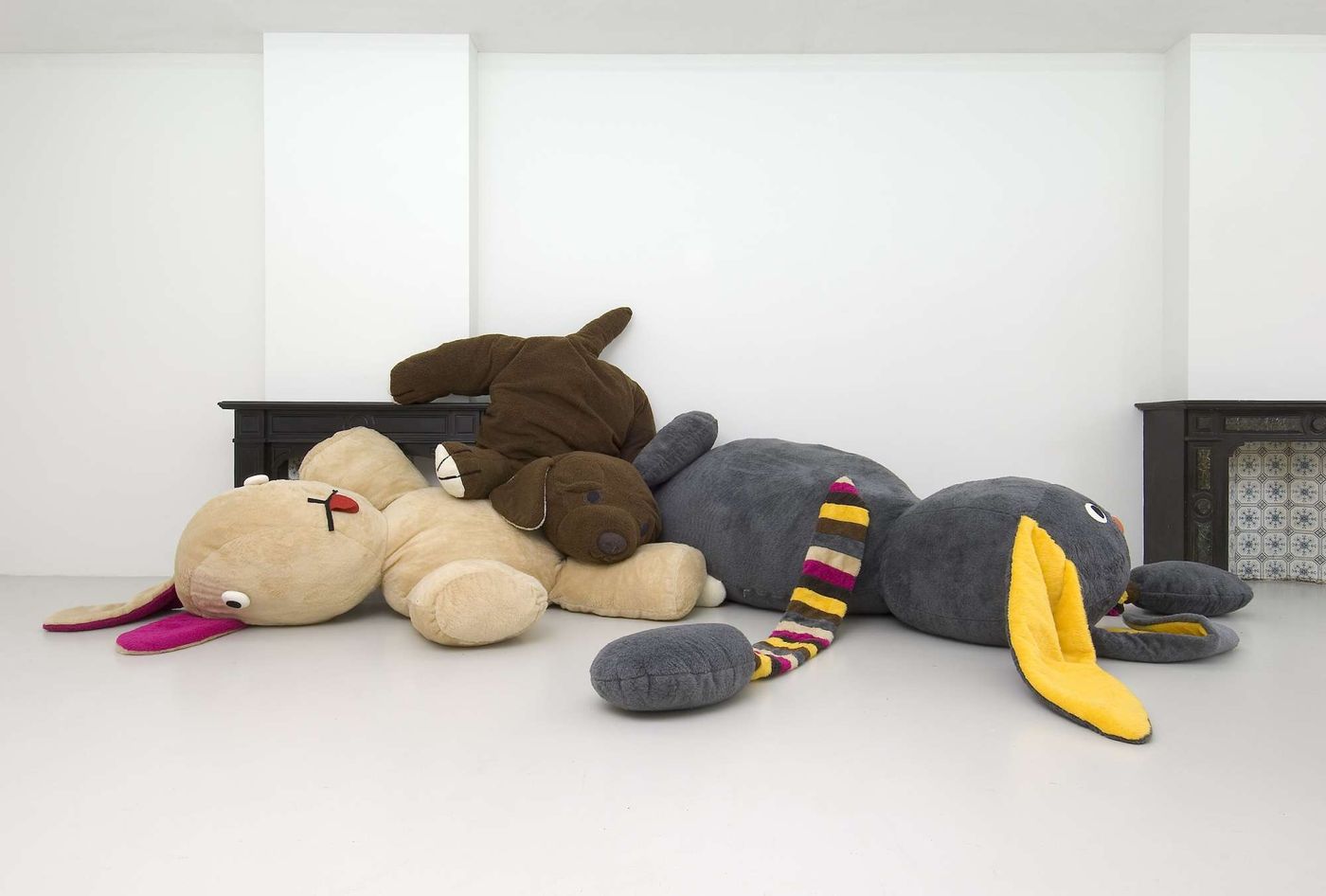
Solo show 'Dushi', The Haque 2009, photo © Jhoeko
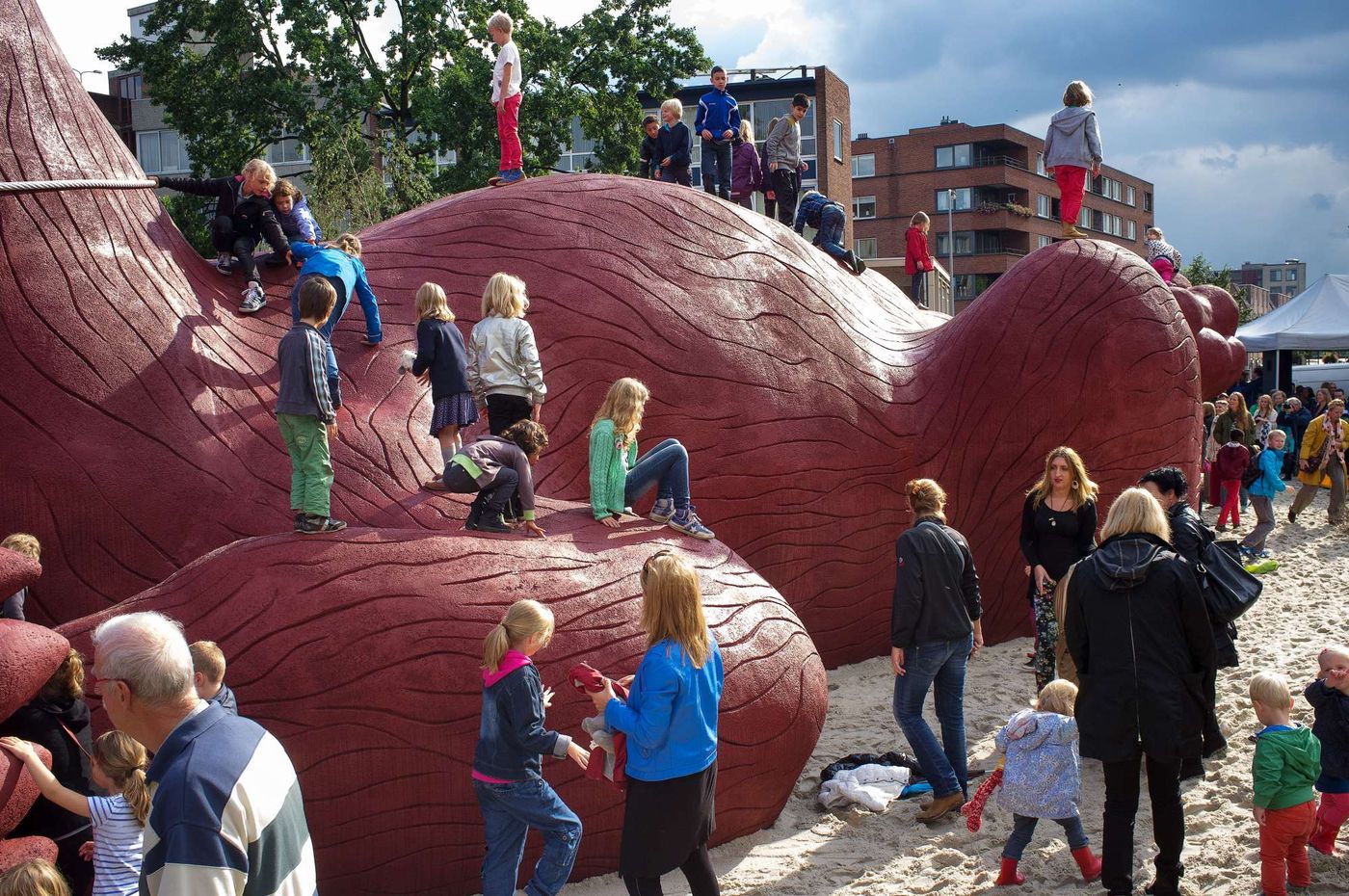
The Feestaardvarken is a 30-meter-long concrete sculpture resembling an abstract aardvark adorned with a golden party hat. This site-specific piece was commissioned by Burgers’ Zoo as a gift to the city of Arnhem in celebration of the zoo’s 100-year anniversary.
Photo © Inge Hondebrink
Florentijn Hofman continues to challenge public perceptions by transforming ordinary materials into extraordinary experiences. His work transcends traditional boundaries, encouraging audiences to engage with art beyond gallery walls.
And if his giant ducks, rabbits, and slugs have taught us anything, it’s that BIG ideas resonate when they touch people’s hearts—even if they’re temporary by design.
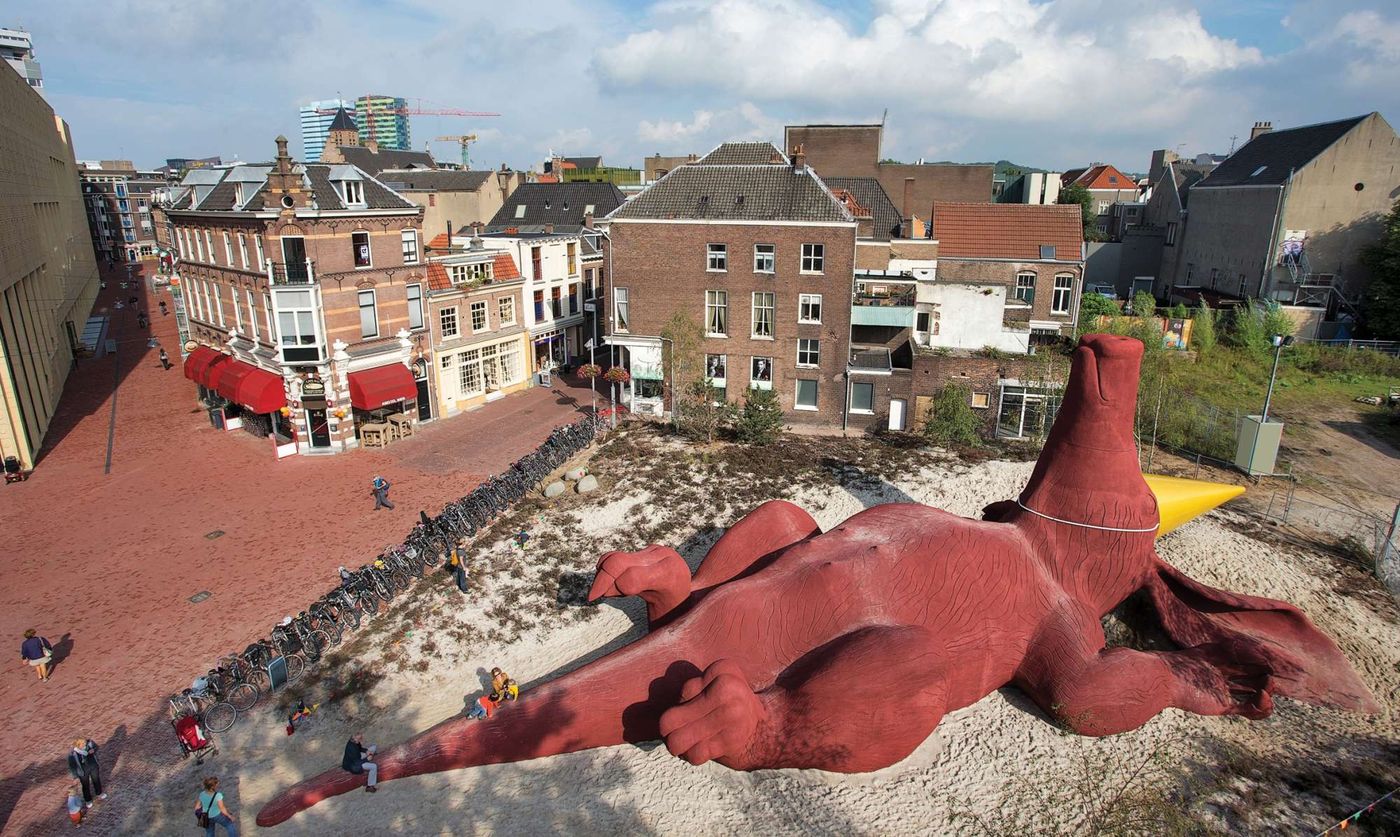
The Feestaardvarken is a 30-meter-long concrete sculpture resembling an abstract aardvark adorned with a golden party hat. This site-specific piece was commissioned by Burgers’ Zoo as a gift to the city of Arnhem in celebration of the zoo’s 100-year anniversary.
Photo © Inge Hondebrink
